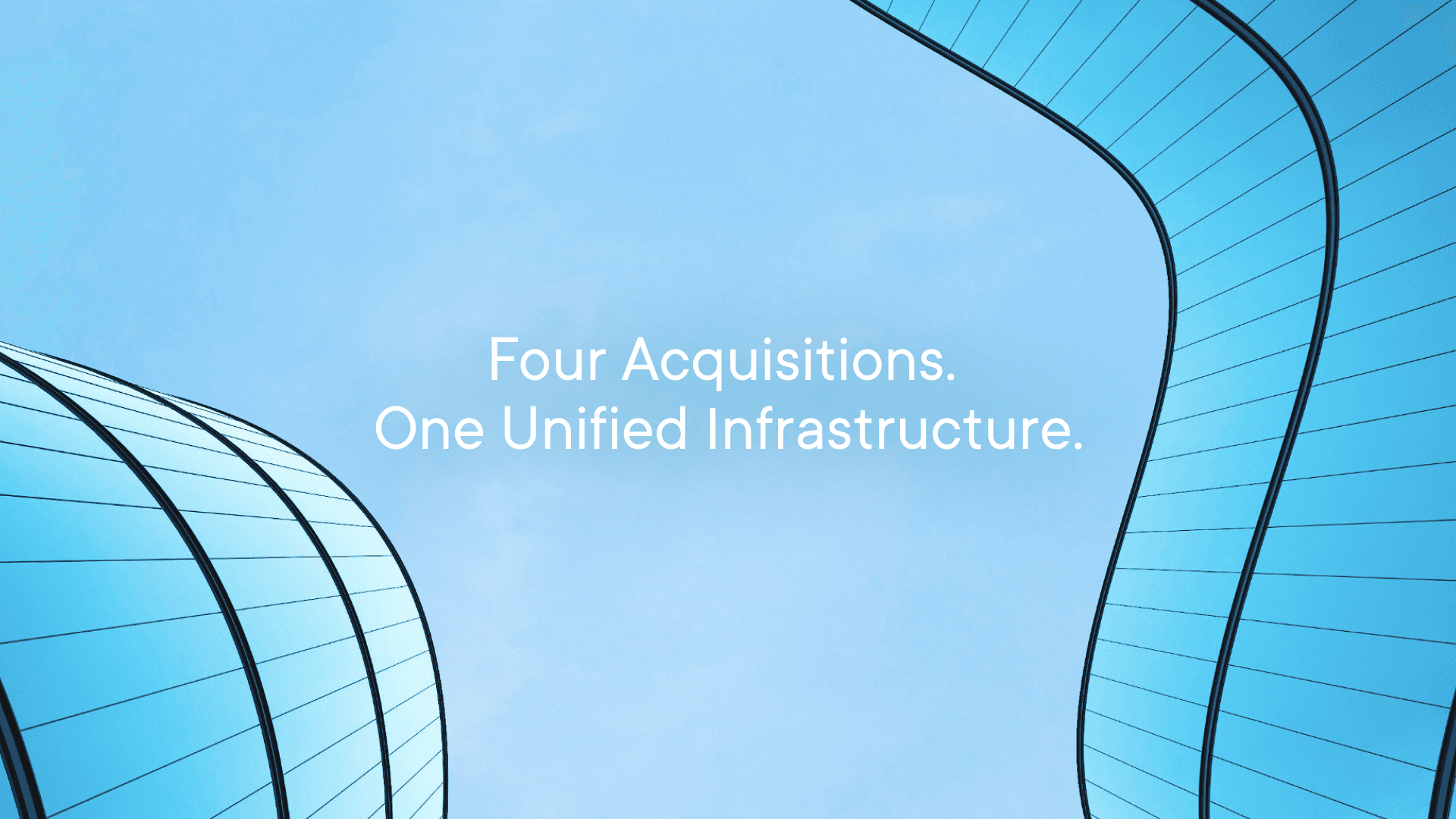J. Ayo Akinyele is a cryptographer, entrepreneur, and researcher at the forefront of applied cryptography. With a Ph.D. in Computer Science from Johns Hopkins University, he has spent more than a decade advancing privacy-preserving technologies for blockchain and beyond. As a Senior Director of Engineering at Ripple, he is focused on bringing privacy, scale, and institutional-grade infrastructure to the XRP Ledger (XRPL), helping shape the next chapter of decentralized finance.
As blockchain enters its next chapter, one defined by institutional adoption and real-world impact, the question is no longer if financial systems will move on-chain, but how. Institutions need infrastructure that is scalable, compliant, and trustworthy, without losing sight of the decentralization and neutrality that make public blockchains valuable in the first place.
At the heart of this transformation lies a paradox: finance cannot function without confidentiality, yet blockchains are built on transparency. The challenge and indeed the opportunity, is to design systems that reconcile these two truths.
Why Privacy Must Be Native to Blockchain Finance
There is a misconception that privacy in blockchain is synonymous with secrecy for bad actors. In reality, privacy is about giving honest participants control over what is revealed, to whom, and under what circumstances. In traditional finance, nobody would dare login to their bank without the security of HTTPS. On blockchains, many still transact without the same baseline protections.
Today, privacy often depends on intermediaries like exchanges to break the link between a user’s wallet and their identity. If those intermediaries are hacked, privacy collapses. Cryptography gives us a better way. Programmable privacy, through techniques like zero-knowledge proofs (ZKPs), lets institutions transact confidentially while still meeting regulatory requirements through selective disclosure.
This balance is essential. Without privacy, financial institutions cannot safely use public ledgers for core workflows. Without accountability, regulators cannot sign off. With programmable privacy, we can have both.
Lessons from Building Privacy Systems
My crypto journey before arriving at Ripple has been shaped by two ambitious projects: zkChannels and Lock-Keeper.
zkChannels was built on the idea that private payments could be layered onto any blockchain using cryptographic tools like ZKPs, blind signatures and commitments. We proved it could work across chains like Bitcoin and Tezos, but also discovered the hard truth: performance and usability matter as much as security. A private, off-chain Bitcoin payment that takes 20 seconds is not acceptable for merchants.
Lock-Keeper rethought wallet infrastructure. By combining secure enclaves with multi-party computation (MPC), we created a wallet-as-a-service API that offered both confidentiality and integrity. The lesson here was flexibility: design systems that can adapt to different cryptographic methods, transaction types, and compliance requirements without sacrificing security or privacy. Both experiences reinforced the same point: privacy must be abstracted, simplified, and embedded directly into infrastructure.
Scaling Without Sacrificing Trust
Blockchain has long wrestled with the trilemma: scale, security, decentralization—pick two. Many “fast” chains achieved throughput by cutting corners on trust. The result: hacks, forks, and centralization.
We can, and must, do better. ZKPs and confidential computing point the way:
- Fair ordering: Trusted execution environments (TEEs) can enforce tamper-proof transaction ordering amongst validators, mitigating frontrunning and MEV attacks. That restores confidence to markets.
- Confidential computation: Enclaves can allow sensitive logic to run privately off-chain, while still producing verifiable outputs. This balances speed with confidentiality, a combination institutions require.
- Selective Disclosure: ZKPs let institutions prove adherence to compliance requirements (e.g. KYC/AML) without revealing sensitive transaction data.
- Cross-chain bridge security: ZK light clients can help validate events that take place on one blockchain for another, without relying on centralized parties.
Scalability is not just about more transactions per second. It’s about scaling without breaking trust.
Privacy and Regulation Are Not Opposites
Another misconception is that privacy and regulation are in conflict. In truth, they complement each other. Confidentiality tools like ZKPs allow institutions to hide sensitive information from competitors or the general public, while still proving compliance to regulators through cryptographic evidence.
For example, an institution could prove KYC checks have been completed without revealing the customer’s identity to the entire network. Auditors could verify proof-of-reserves without requiring exposure of all wallet data. This is not theory—this is what programmable privacy makes possible.
This approach enables regulated DeFi: private, compliant markets for tokenized collateral, stablecoins, and real-world assets, all operating on public infrastructure.
Why Ripple, Why Now
My decision to join Ripple was shaped by three factors that, together, create a rare opportunity in blockchain: the technology, the people, and the moment we’re in.
First, the technology. The XRP Ledger (XRPL) has more than a decade of secure operation behind it and was designed from day one with finance in mind. Features like the built-in Decentralized Exchange (DEX), escrow, payment channels, and now multi-purpose tokens (MPTs) show just how much institutional utility is already embedded at the protocol layer. It’s an ecosystem that has scaled quietly and reliably, without compromising on security.
Second, the people. RippleX is home to some of the best engineers I’ve met in the field, together with Ripple leaders I’ve admired long before joining the team. Working alongside them to shape the next generation of blockchain infrastructure is as energizing as it is inspiring.
Finally, the opportunity. Institutional DeFi is still in its early innings, with many trillions of dollars in assets set to move on-chain over the coming decade. XRPL, with its neutrality and financial focus, is uniquely positioned to bridge that shift. This isn’t just about bringing institutions into the ecosystem. It’s about reshaping how finance itself works—embedding compliance at the protocol level, enabling privacy-respecting workflows, and unlocking efficiencies that legacy, intermediary-heavy systems could never deliver.
The Road Ahead
Over the next 12 months, I am focused on helping make XRPL the first choice for institutions seeking innovation and trust. Zero-knowledge proofs will play a central role, enabling private, compliant transactions while improving scalability. In 2026, confidential MPTs will bring privacy-preserving tokenized collateral to market—an essential step for institutional adoption of tokenized RWAs and DeFi.
My philosophy is simple: the future of blockchains belongs to builders who remove unnecessary trust. If we can prove correctness, prevent misuse, and give users confidence that their assets and data are safe, then blockchain tech won’t just scale—it will transform finance.







